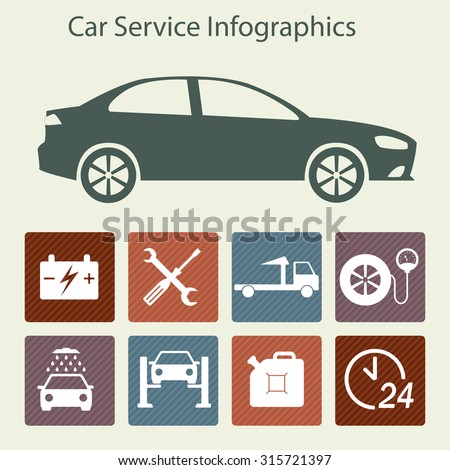Interested In Understanding The Warning Lights On Your Automobile'S Control Panel? Discover Their Significance For Your Lorry'S Safety And Overall Condition
Interested In Understanding The Warning Lights On Your Automobile'S Control Panel? Discover Their Significance For Your Lorry'S Safety And Overall Condition
Blog Article
Short Article Author-Lim Winters
When you're behind the wheel, those radiant warning lights on your control panel can be a bit perplexing. Do you understand what they're attempting to tell you about your vehicle's wellness? Understanding https://ecu-tuning-for-beginners28405.csublogs.com/36681147/curious-concerning-those-dashboard-caution-lights-in-your-automobile-figure-out-what-they-imply-for-your-vehicle-s-health-and-safety of these lights is crucial for your safety and the long life of your lorry. So, the following time one of those lights turns up, wouldn't you want to decode its message precisely and take the required steps to resolve it?
Common Caution Lighting and Interpretations
Determine typical warning lights in your vehicle and understand their definitions to make certain secure driving.
The most normal caution lights include the check engine light, which indicates issues with the engine or emissions system. If this light comes on, it's crucial to have your vehicle checked quickly.
The oil stress warning light indicates reduced oil stress, calling for immediate interest to avoid engine damages.
A blinking battery light may suggest a damaged billing system, potentially leaving you stranded otherwise addressed.
The tire stress tracking system (TPMS) light notifies you to reduced tire stress, impacting lorry stability and gas performance. Neglecting this might result in harmful driving conditions.
car wash howick shows an issue with the anti-lock stopping system, compromising your capacity to stop quickly in emergencies.
Lastly, the coolant temperature warning light warns of engine overheating, which can cause serious damages otherwise settled swiftly.
Recognizing these typical caution lights will help you resolve problems promptly and maintain secure driving conditions.
Value of Prompt Interest
Comprehending the typical caution lights in your cars and truck is just the primary step; the significance of quickly resolving these warnings can not be highlighted enough to guarantee your security when traveling.
When a caution light illuminates on your dashboard, it's your car's method of communicating a possible concern that requires attention. Disregarding these warnings can lead to a lot more serious problems in the future, compromising your safety and possibly costing you much more out of commission.
Trigger interest to alerting lights can prevent failures and accidents. As an example, a blinking check engine light can show a misfire that, if left unattended, might trigger damage to the catalytic converter. Resolving this promptly can conserve you from an expensive fixing.
In a similar way, a brake system warning light might signal low brake fluid or used brake pads, essential components for your security when driving.
Do It Yourself Troubleshooting Tips
If you notice a caution light on your control panel, there are a couple of do it yourself fixing suggestions you can attempt before seeking expert aid.
The very first step is to consult your cars and truck's handbook to understand what the specific warning light indicates. Sometimes the issue can be as simple as a loose gas cap activating the check engine light. Tightening the gas cap may resolve the issue.
One more typical issue is a low battery, which can activate numerous cautioning lights. Checking the battery connections for rust and ensuring they're protected may fix the trouble.
If a warning light lingers, you can try resetting it by separating the cars and truck's battery for a couple of minutes and after that reconnecting it. In addition, examining your vehicle's fluid levels, such as oil, coolant, and brake fluid, can aid troubleshoot alerting lights connected to these systems.
Final thought
To conclude, recognizing your automobile's caution lights is necessary for keeping your automobile running smoothly and safely. By immediately addressing these signals and understanding what they imply, you can stay clear of expensive fixings and potential break downs.
Remember to consult your car's guidebook for particular details on each alerting light and act appropriately to guarantee a hassle-free driving experience.
Stay educated, stay bestautodetailingauckland on the road!
